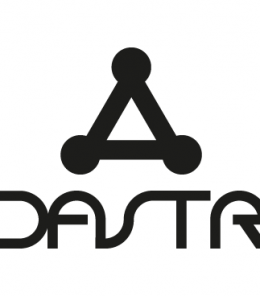Risk Assessment Equipment

Risk evaluate tools are created to help establishments identify and manage hazards associated with different activities and environments. www.probabilitynet.com These tools are necessary because they can help keep people safe and reduce risks before they become serious issues.
Several types of risk checks are around for use, in fact it is vital to find the right application to ensure that you contain a thorough knowledge of all dangers at your provider or job. Some of the most common and useful risk assessment equipment include:
Business Impact Appraisal (BIA): Businesses often execute BIAs to identify hazards and options that will allow these to achieve all their goals and objectives. BIAs may also be used to assess the economic and non-economic effects of a number of risk cases.
Qualitative Risk Assessment: This type of risk evaluation is less numerical than quantitative. It consists of assessing the severity of harm and the likelihood of that harm developing.
Quantitative Risk Assessment: This type of risk assessment includes assigning a numerical value to each risk to determine its impact on the institution or task. The effects of this risk assessment are then utilized to determine the potency of various controls and how to prioritize them depending on their importance.
The next step is to implement these controls. The simplest way to do this is normally through a organised approach that is transparent and includes very clear criteria in making decisions.
It is crucial to review the results of any risk evaluation at frequent time periods, especially when the surroundings or strategies to working transform. This is because hazards and dangers can sometimes be produced by changes to processes, items or hardware that were not really considered if the initial examination was conducted.











